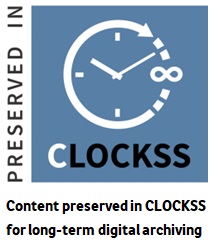A Critical Discourse Analysis of Translated Texts
DOI:
https://doi.org/10.63939/AJTS.v00nxe46Keywords:
Shift, Translation, Critical Discourse Analysis, Ideology, ContextAbstract
This study advocates for a holistic approach to analyzing translated texts, emphasizing three key components: the source text, the translated text, and the discursive practices encompassing both the translator's production and the audience's interpretation, all within the broader socio-cultural context of translation. The concepts of "shift" and procedures are central to our investigation and crucial for understanding the process of translation and evaluating its fidelity to the source. Through a case study examining the translation of three media articles from English to Arabic by Elharraki (2012), we illuminate the multifaceted mechanisms contributing to a faithful translation that preserves meaning across languages. This analysis not only addresses the complexities of linguistic transfer but also delves into the ideological dimensions inherent in the translation process. Grounded in Critical Discourse Analysis, our analytical framework dissects the communicative event by scrutinizing the text (the translated text), discursive practices (the production and reception of the translated text), and socio-cultural practices (the social and cultural environment influencing the translated text), offering a novel perspective on the intricate layers underlying the translation process.
Downloads
Downloads
Published
Issue
Section
License

This work is licensed under a Creative Commons Attribution-NonCommercial 4.0 International License.
As an open-access the journal follows the CC BY-NC 4.0 Attribution-NonCommercial 4.0 International which states that:
- you are free to:
- Share— copy and redistribute the material in any medium or format.
- Adapt— remix, transform, and build upon the material.
- Under the following terms:
- Attribution— You must give appropriate credit, provide a link to the license, and indicate if changes were made. You may do so in any reasonable manner, but not in any way that suggests the licensor endorses you or your use.
- NonCommercial — You may not use the material for commercial purposes.
- No additional restrictions — You may not apply legal terms or technological measures that legally restrict others from doing anything the license permits.












